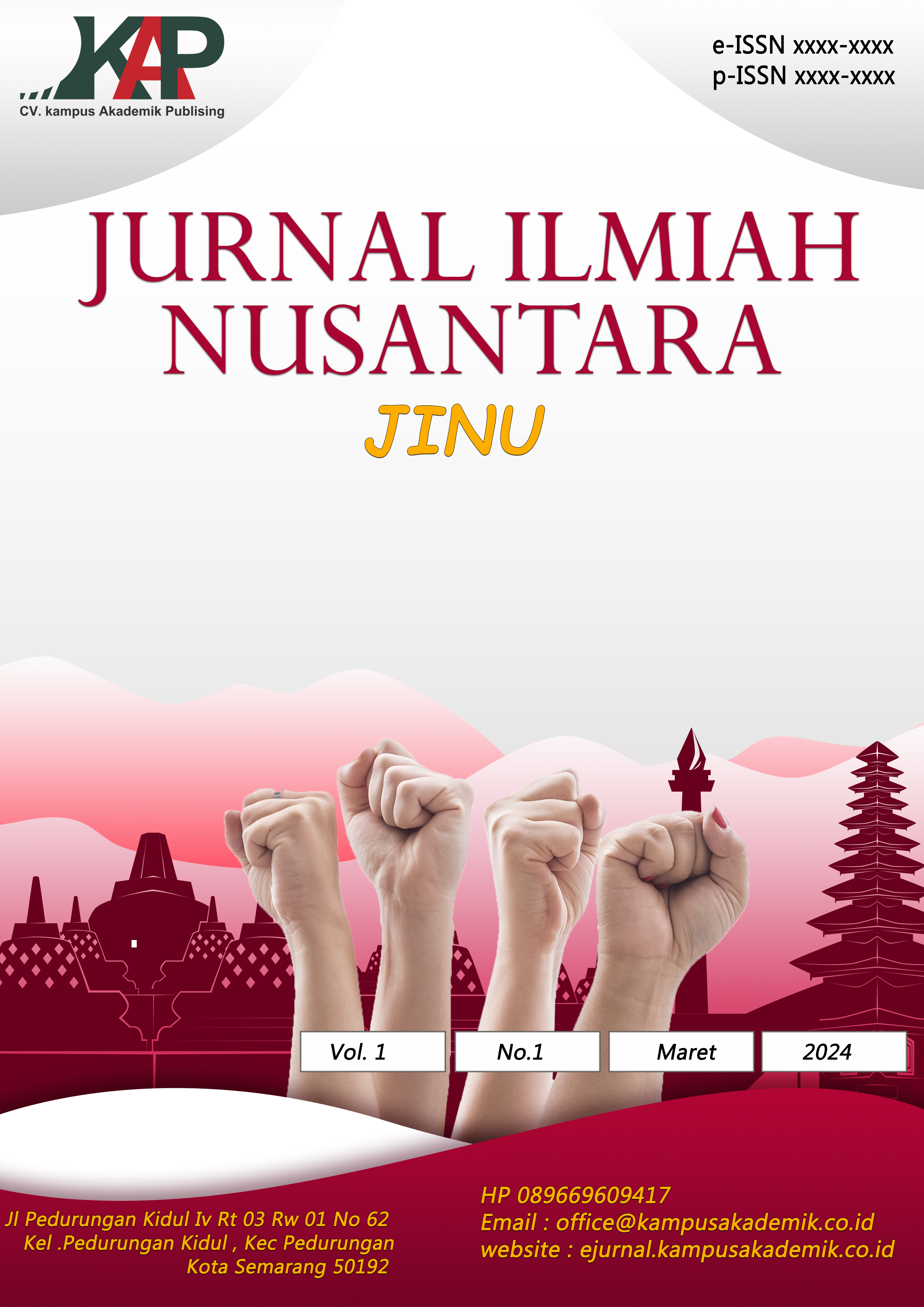A SEMANTIC ANALYSIS OF METAPHORS OF BETRAYAL AND EMOTIONALITY IN SERIES ‘LAYANGAN PUTUS’
DOI:
https://doi.org/10.61722/jinu.v2i4.5941Keywords:
Semantics, Metaphor, Layangan Putus, Conceptual Metaphor TheoryAbstract
The web series Layangan Putus, produced by MD Entertainment and directed by Benni Setiawan, premiered in November 2021 on WeTV and iFlix. This study examines metaphors related to betrayal and emotional expression in the series from a semantic perspective. It focuses on how emotional and psychological conflicts are conveyed through metaphorical language, especially those that reflect themes of infidelity, heartbreak, and inner turmoil. The research utilizes a qualitative descriptive method with a semantic analysis approach, analyzing dialogues and scenes using Lakoff and Johnson's Conceptual Metaphor Theory, as outlined in Metaphors We Live By. According to this theory, metaphors are fundamental to how we understand abstract concepts, comparing them to more concrete experiences like money, journeys, or warfare. The study finds that metaphors of betrayal often stem from domains such as war, destruction, and fragmentation (e.g., “inner war,” “shattered into pieces”), while emotional metaphors often draw from physical sensations and natural elements (e.g., “explosive,” “like a storm”). These metaphors enhance the narrative and deepen the audience's emotional connection with the characters. Ultimately, metaphor in Layangan Putus serves as a key element in shaping the story’s emotional impact and audience engagement.
References
Afifah, A. N., & Kurniawan, D. A. (2023). Emotional Representation in Layangan Putus Drama Series. Jurnal Pendidikan dan Pembelajaran Bahasa Indonesia, 13(1), 44–53. https://jim.unisma.ac.id/index.php/jp3/article/view/16529
Barcelona, A. (2003). Metaphor and metonymy at the crossroads: A cognitive perspective. Mouton de Gruyter.
Benni Setiawan. (Director). (2021). Layangan Putus [TV series]. MD Entertainment. https://www.vidio.com/premier/layangan-putus
Cameron, L. (2003). Metaphor in educational discourse. Continuum.
Charteris-Black, J. (2004). Corpus approaches to critical metaphor analysis. Palgrave Macmillan.
Eriyanto. (2011). Analisis wacana: Pengantar analisis teks media. LKiS.
Gibbs, R. W. (1994). The poetics of mind: Figurative thought, language, and understanding. Cambridge University Press.
Goatly, A. (2011). The language of metaphors (2nd ed.). Routledge.
KBBI V daring. (2023). Kamus Besar Bahasa Indonesia. Badan Pengembangan dan Pembinaan Bahasa. https://kbbi.kemdikbud.go.id
Knowles, M., & Moon, R. (2006). Introducing metaphor. Routledge.
Kövecses, Z. (2010). Metaphor: A practical introduction (2nd ed.). Oxford University Press.
Lakoff, G., & Johnson, M. (1980). Metaphors we live by. University of Chicago Press.
Musolff, A. (2006). Political metaphor analysis: Discourse and scenarios. Peter Lang.
Pragglejaz Group. (2007). MIP: A method for identifying metaphorically used words in discourse. Metaphor and Symbol, 22(1), 1–39. https://doi.org/10.1207/s15327868ms2201_1
Rahmat, J. (2012). Psikologi komunikasi. Remaja Rosdakarya.
Sa’adah, N. (2023). Analisis Semiotik dalam Film Layangan Putus. Jurnal Komunikasi dan Media, 5(2), 134–144. https://www.researchgate.net/publication/372900287_Analisis_Semiotik_Dalam_Film_Layangan_Putus
Semino, E. (2008). Metaphor in discourse. Cambridge University Press.
Wales, K. (2014). A dictionary of stylistics (3rd ed.). Routledge.
Wijana, I. D. P., & Rohmadi, M. (2013). Analisis wacana pragmatik. Graha Ilmu.
Yule, G. (2016). The study of language (6th ed.). Cambridge University Press.
Downloads
Published
Issue
Section
License
Copyright (c) 2025 JURNAL ILMIAH NUSANTARA

This work is licensed under a Creative Commons Attribution-ShareAlike 4.0 International License.













